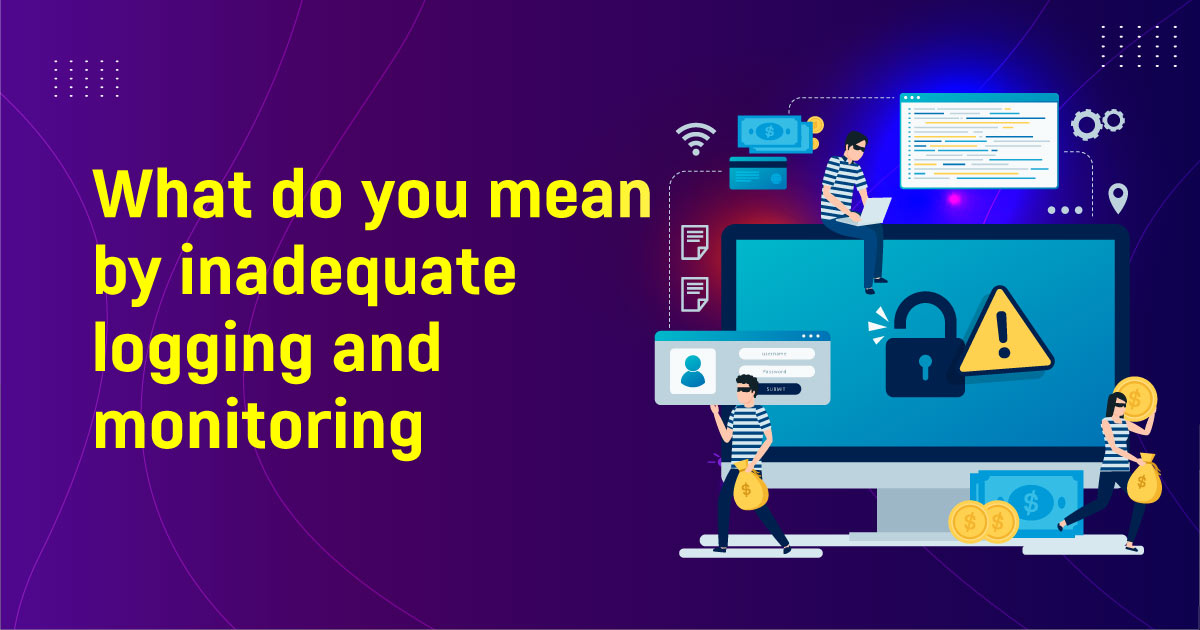Footprinting is a type of OWASP-identified automated attack that involves gathering information about a target system or network to identify vulnerabilities and plan future attacks. Attackers use a variety of techniques to collect information, such as social engineering, dumpster diving, and online research. In this blog, we will discuss the methods used by attackers, the impact on victims, and the steps that businesses can take to protect themselves from footprinting attacks.
Methods Used by Attackers
There are several methods that attackers can use to launch a footprinting attack, including:
Social Engineering:
Attackers can trick employees into revealing sensitive information about the target system or network, such as passwords or other credentials.
Dumpster Diving:
This technique involves searching through a target’s trash to find information that may be useful in planning an attack, such as login credentials or other confidential data.
Online Research:
Attackers can use publicly available information, such as social media profiles or company websites, to gather information about the target.
Impact on Victims
Footprinting attacks can have a significant impact on the victims, including:
Increased Risk of Other Attacks:
Attackers use the information gathered during a footprinting attack to plan and launch other attacks, such as phishing or malware attacks.
Loss of Confidential Information:
Attackers may be able to gather sensitive information about the victim, such as login credentials or other confidential data.
Damage to Reputation:
A successful attack can damage the victim’s reputation and lead to a loss of customer trust.
Steps to protect against Footprinting Attacks

Businesses can take several steps to protect themselves against footprinting attacks, including:
Implementing Security Measures:
This can include firewalls, intrusion detection systems, and other security technologies designed to block malicious traffic.
Reducing Attack Surface:
Businesses can reduce the attack surface by closing unnecessary ports and services.
Keeping Software Up to Date:
Regularly updating software can help prevent attacks that exploit known vulnerabilities.
Monitoring for Unusual Activity:
This involves using tools to detect and analyze traffic, looking for unusual patterns that may indicate a footprinting attack is in progress.
Conclusion
Footprinting attacks can have serious consequences for businesses, including increased risk of other attacks, loss of confidential information, and damage to reputation. By understanding the risks and implementing appropriate security measures, businesses can help protect themselves from these attacks and minimize their impact should they occur. Educating employees, implementing security measures, reducing attack surface, keeping software up to date, and monitoring for unusual activity are all critical steps for businesses to take to protect themselves from footprinting attacks.









